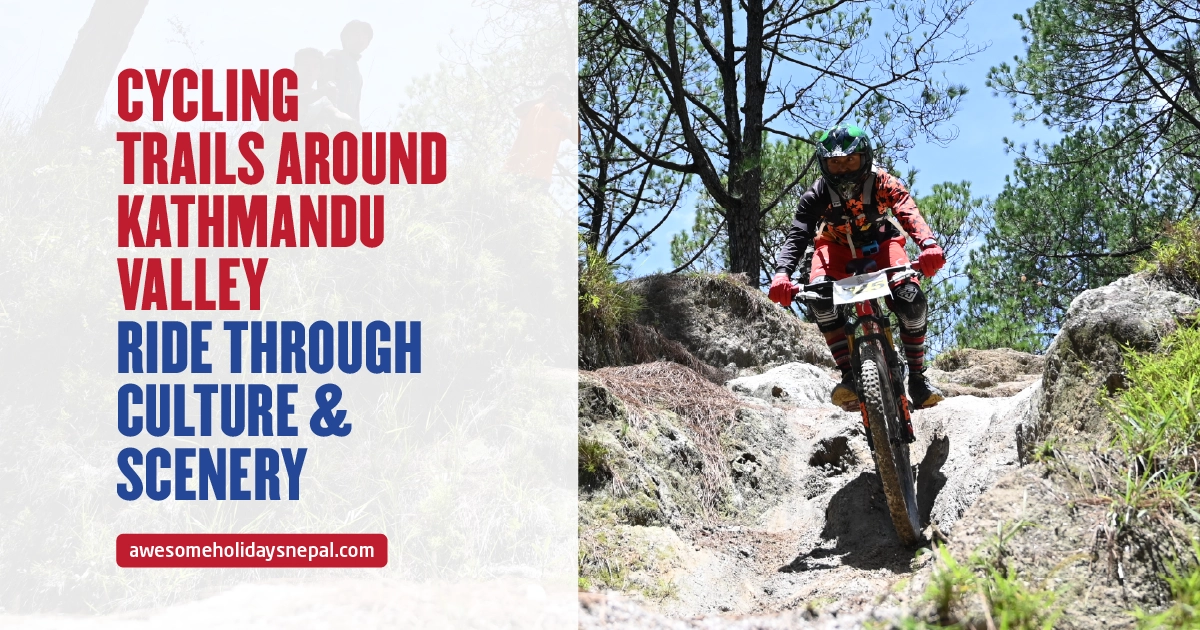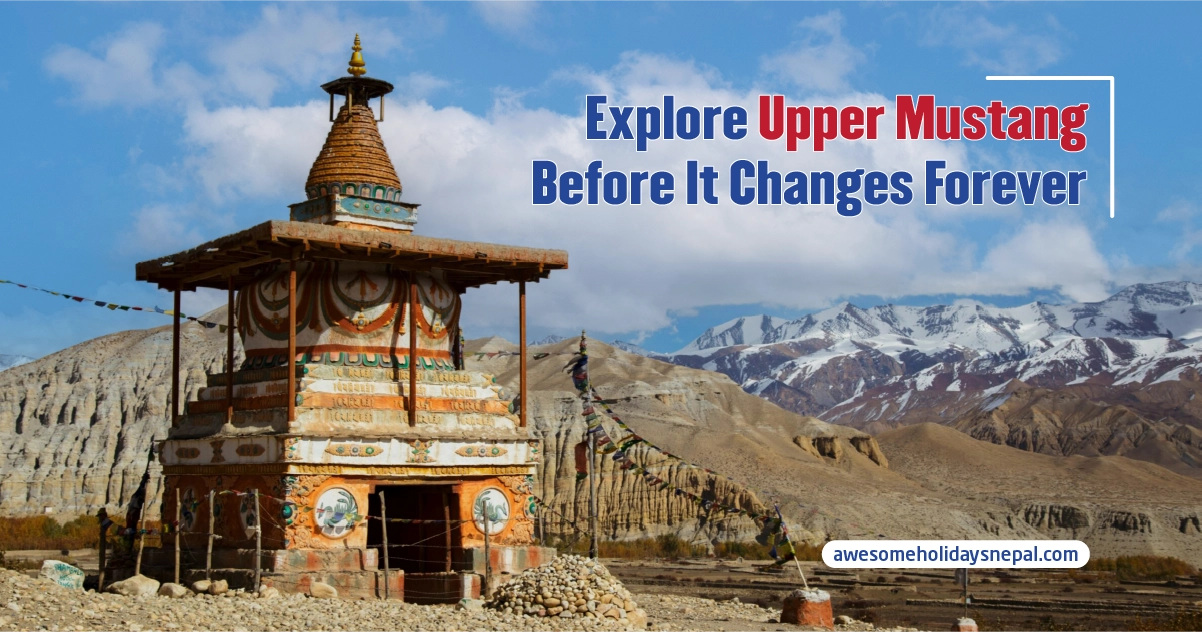Jerzy Kukuczka Legendary Mountaineer and His Historic Conquests in the Himalayas
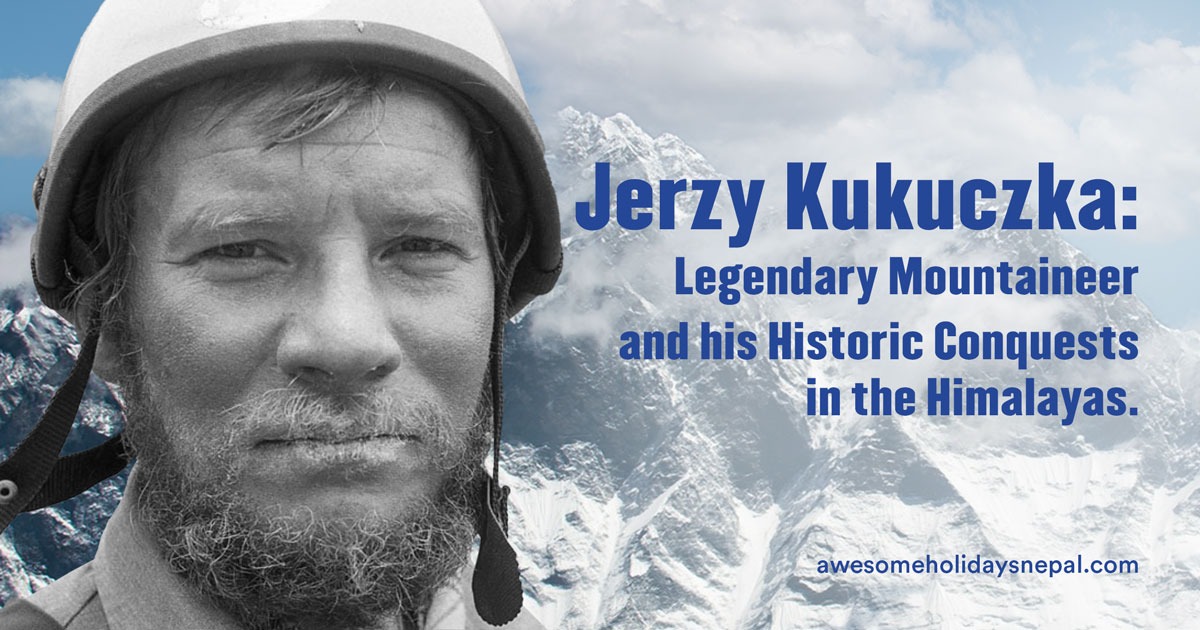
What do you call a true accomplishment in life? If you can’t think of one, look into the life story of Jerzy Kukuczka. You can’t call yourself a true summiteer if you aren’t familiar with this legendary mountaineer who climbed all 14 highest peaks of the world without all the trekking luxuries of present times.
Apart from his record-breaking records, this legend is famous for climbing these peaks in Alpine style. Often referred to as “lightly equipped,” the alpine style is the most rugged for climbing without supplemental oxygen, limited food, and fuel supplies. In fact, you do not have the privilege of significant tenting or overnight equipment, and lack fixed ropes on the route.
Jerzy Kukuczka is the second person in the world to climb all 14 eight-thousanders after he set the record on September 18, 1987. He is also the one to be credited for many of the climbing routes that many climbers follow today. Despite having such a polished experience of the ascent, this great high-altitude mountaineer from Poland got eternal rest while attempting Lhotse from the south face.
Want to know more about Jerzy’s climbing styles, life, and record-breaking ascents? Read the blog to find more!
Who is Jurek Kukuczka?
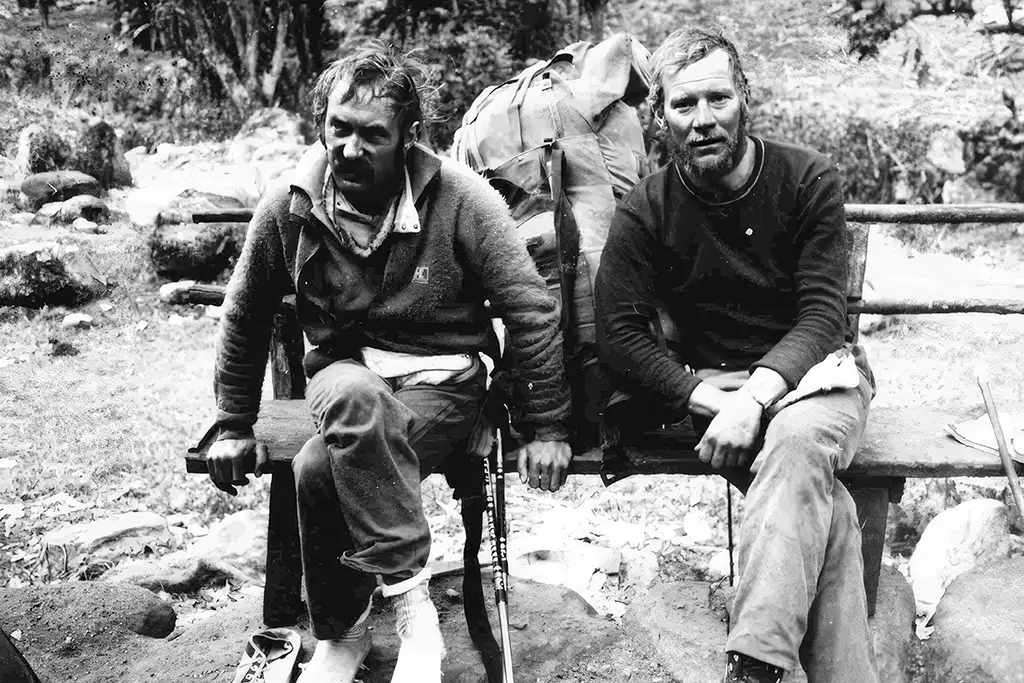
Born in Katowice, Poland, on 24 March 1948, he is widely recognized as one of history’s most excellent high-altitude climbers. After completing his education in a local school, he became an electrical engineer and worked in the coal mining industry. At 17, his friend invited him to tag along to climb a small Limestone wall.
This very invite turned out to be a turning point in his life, leading him to start rock climbing. He soon became a Carter Vista High Mountain Club member and practiced in both the summer and winter seasons to refine his skills in the Polish Tatra Mountains.
Despite the economic hardships of communism in Poland, Jerzy Kukuczka became the second person to summit all 14 eight-thousanders in less than eight years, a record at the time until 2014. His several ascending and pioneering new routes were often accomplished without supplemental oxygen, and his climbs during winter on 8,000-meter peaks were groundbreaking. Jerzy has also gained recognition for ascending winter routes on the northeast face of Mały Młynarz and the east face of Młynarczyk.
Not just his ascents but his physical strength, courage, ambition, and ability to endure pain, low temperature, exhaustion, and altitudes were legendary. Kukuczka’s style was distinctive due to his alpine style, minimal gear, and physical and mental resilience. He was part of a leading group of Polish climbers like Wojciech Kurtyka, Wanda Rutkiewicz, and Krzysztof Wielicki. He was known for innovation and discovering ten new routes on eight-thousanders, with one of his legendary benchmark Polish lines on Mount K2.
Challenges and Setbacks Jerzy Kukuczka Faced
It is no joke to be a legendary climber who also ascends challenging peaks that only a few could attempt without proper trekking gear. Throughout his career, Jerzy has also faced countless physical challenges of mountaineering and economic hardship. While he was trying to ace his career, Poland was under the rule of communism, which compelled him to leave his country to raise capital to fund his voyages.
Indeed, he was a good climber—there was no doubt about that! But he lacked the necessary funds for traveling. With his experience as an industrial climber, he got a job as a manual laborer or shady businessperson at that time. This particular job did support his family financially, but it wasn’t sufficient.
Even though it didn’t contribute much to his finances, working as a miner challenged his physical strength and made him resilient. Finally, in 1971, Jerzy decided to push his boundaries and attempt to summit the peaks of Italy despite his financial constraints.
Success Beyond the Setbacks
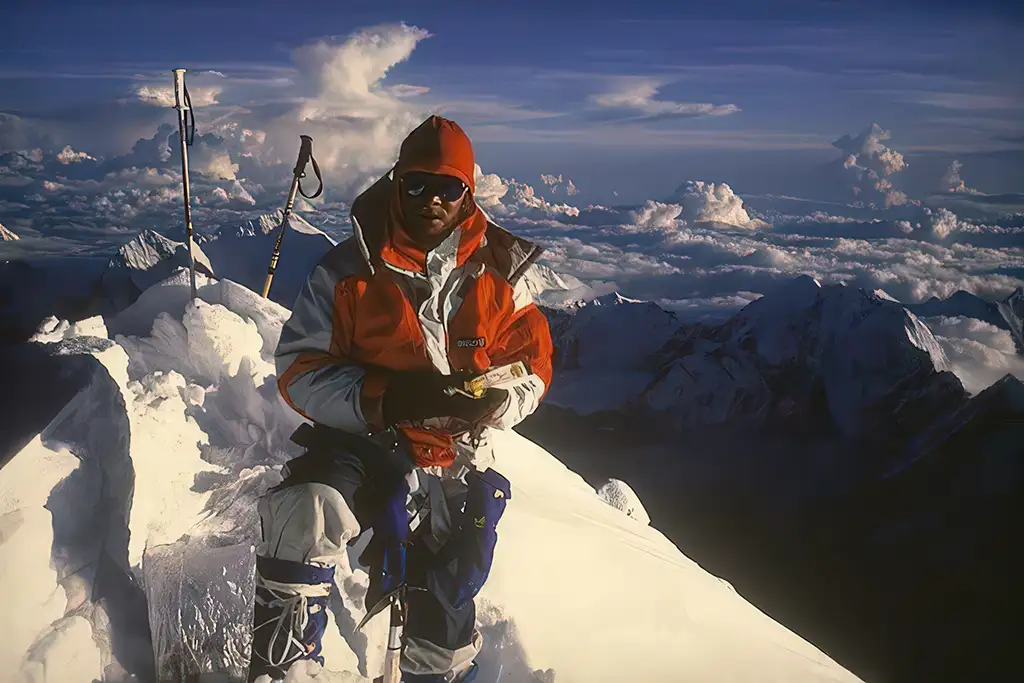
Following this dream, he made successful summits on the Dolomites in Italy and even climbed Mont Blanc four times in a season during the period from 1971 to 1979.
Later, a small group of Polish Climbers known as “The Ice Warriors” invited him to join them. Although it was a small group of climbers, its members were the best Poland had to offer.
Despite joining the climbing group, he continued to struggle with money. Undertaking the tallest mountains, he would spend months at a time in different countries just to fly back to Poland to raise funds and do it all over again. The climber used to be creative and crafted his climbing equipment, tackling his limitations.
Often, he used the makeshift or second-hand gears for climbing.
Despite these limitations, Kukuczka’s team made significant advances in Himalayan climbing. Jerzy himself often climbed in extreme conditions, taking on increasingly dangerous routes, often in winter and without oxygen.
Dhaulagiri, Kanchenjunga, and Annapurna I would be the first time anyone had reached the summit during the winter. He and Piotrowski had completed the first ascent of K2 via the South Wall. During his climb on K2 in 1986, the death of Piotrowski and 13 other climbers was a tragic and dark period in Kukuczka’s career.
Jerzy Kukuczka’s Mountaineering Achievements
Kukuczka earned the Crown of the Himalayas and Karakoram by conquering all 14 eight-thousanders under eight years, becoming the second man in history to do so. He achieved this on 18 September 1987 by summiting Shishapangma. Opening ten new routes, five climbs in alpine style, and four in winter are his remarkable accomplishments. Starting from October 10, 1977, and completing the record on 18 September 1987. “Messner was the first, but Kukuczka was undoubtedly better.” Said Anna Czerwinski.
When he reached Makalu, he left his son’s favorite ladybug toy. Since it was a solo trip and he went without authority, it was not filed at first. The testimonies of photos and videos of his left toy and letter provided by Heo Young Ho proved the victory and were recorded later on.
SN | Date | Mountain |
1 | 10 Oct,1979 | Lhotse |
2 | 19 May 1980 | Everest |
3 | 15 October 1981 | Makalu |
4 | 30 July 1982 | Broad Peak (Pakistan) |
5 | 1 July 1983 | Gasherbrum II |
6 | 23 July 1983 | Gasherbrum I |
7 | 13-17 July 1984 | Broad Peak |
8 | 21 January 1985 | Dhaulagiri |
9 | 15 February 1985 | Cho Oyu, |
10 | 13 July 1985 | Nanga Parbat |
11 | 11 January 1986 | Kangchenjunga |
12 | 8 July 1986 | K2 |
13 | 10 November 1986 | Manaslu |
14 | 3 February 1987 | Annapurna I |
15 | 18 September 1987 | Shisa pangma |
16 | 24 October 1989. | Lhotse ’89 |
After completing the “Himalayan rosary” in 1987, he was entitled “Man of the Year” in Poland.
In 1988, with Artur Hajer, he established a new route up the South Face and East Ridge of Annapurna I in alpine style. As described as impossible by other climbers, he set his mind to challenge the unclimbed south face of Lhotse in 1989 with Ryszard Pawłowski.
A Tragic Demise of the Legendary Jerzy Kukuczka
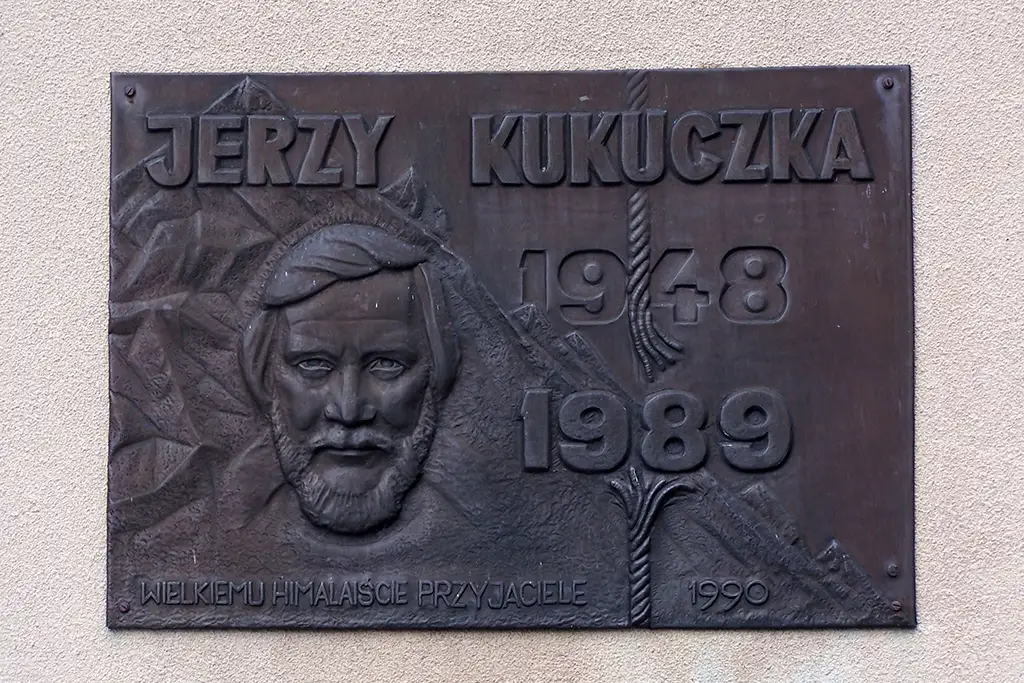 When he was preparing for the summit of Lhotse 89 in Poland, he said that perhaps it was necessary so that our lives took on more color. He left his family, wife, and son and came to Nepal in October 1989; he was under an attempt to slice a new route on Lhotse’s unclimbed south face.
When he was preparing for the summit of Lhotse 89 in Poland, he said that perhaps it was necessary so that our lives took on more color. He left his family, wife, and son and came to Nepal in October 1989; he was under an attempt to slice a new route on Lhotse’s unclimbed south face.
After months of bad weather, Jerzy Kukuczka and his climbing partner Ryszard Pawłowski made rapid progress once the weather was clear and safe to go. But on the morning of October 24, Kukuczka, tied to a 7mm rope, lost his stability while climbing a blank slab. The rope shattered, and Kukuczka fell to his death from an altitude of over 8,200 meters, with only 215 m left to go.
Such a tragic demise of the legend was a shock to his family, Poland, and the international climbing community, and the end of an extraordinary career at the age of 41. Relying on his previous climbing experience, Pawłowski somehow managed to descend alone from that height. But Kukuczka’s body remains somewhere on the lap of the big mountain.
Jerzy Kukuczka’s Everlasting Legacy and Impact on the Mountaineering World
Kukuczka’s pioneering routes, especially on K2 and Lhotse, and his record in conquering the highest peaks have made him a mountaineering legend.
His autobiography, “My Vertical World: Climbing the 8000-Metre Peaks,” is a source of inspiration for new climbers worldwide. His routes and achievements continue to inspire climbers today.
Polish mountaineers, including Kukuczka, dominated the Himalayan climbing scene during the 1980s and 1990s, establishing new standards of excellence. His accomplishments and pioneering spirit continue to inspire climbers around the globe.
Even though the life of a one-of-a-kind mountaineer has ended, his legacy lives on as a climber who aced alpine-style mountaineering.
Related blog posts
Discover a choice of tourist destinations loved by most of our visitors. Whether you're on a jungle safari to spot rare animals or walking through a world heritage site, these well-planned itineraries cover the major highlights of Nepal.



